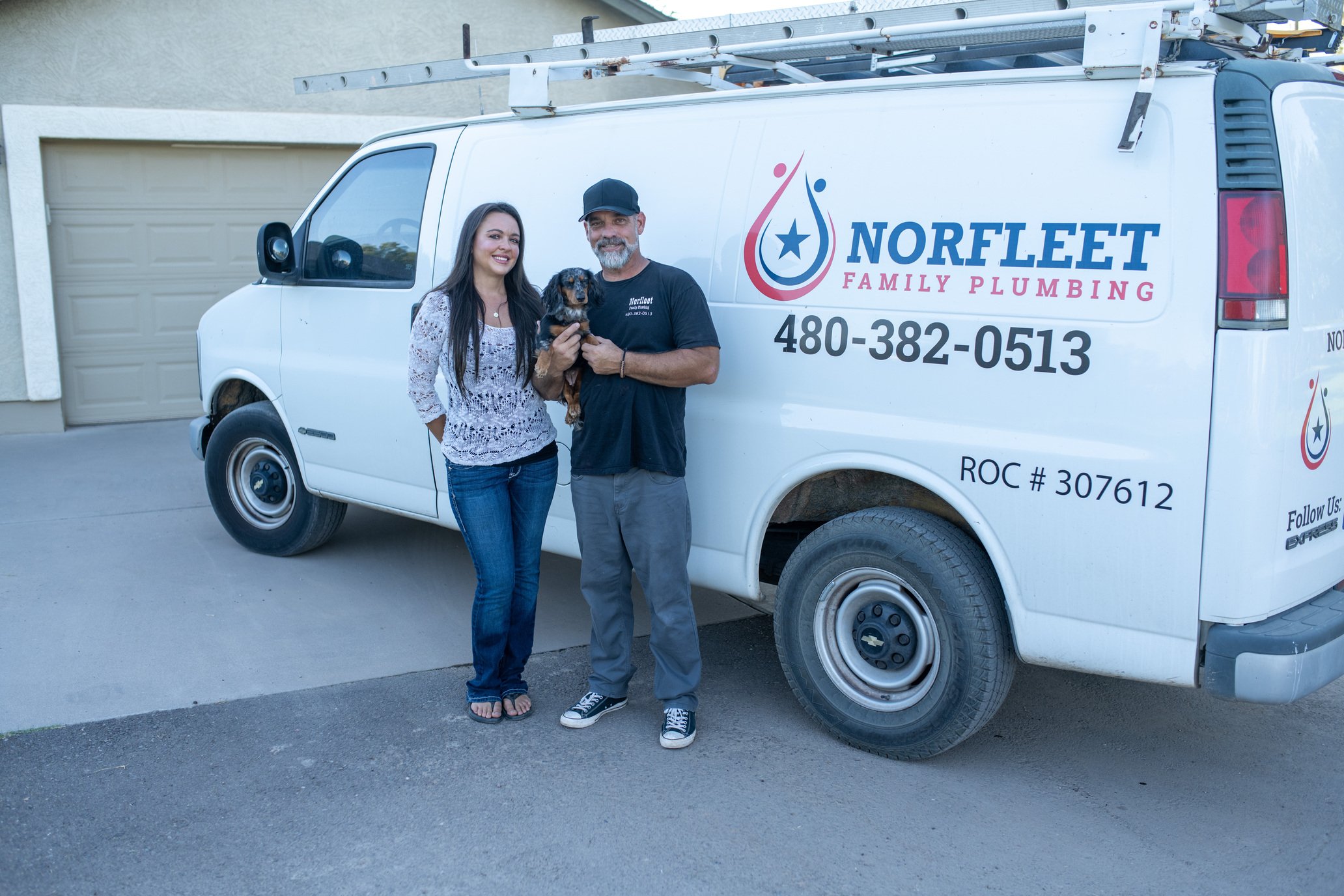Prevention of Everyday Plumbing Problems in Your Home: A Step-by-Step Guide
Prevention of Everyday Plumbing Problems in Your Home: A Step-by-Step Guide
Blog Article
What're your concepts about How to Deal With and Prevent Common Plumbing Problems?

Intro
Maintaining a practical plumbing system is vital for a comfy home. By taking safety nets, you can prevent typical plumbing problems that may disrupt your day-to-day live and incur expensive repairs.
Screen Water Pressure
Watch on your water pressure to avoid tension on your pipelines and devices. High water stress can cause leakages and damage gradually. Consider setting up a stress regulatory authority to preserve optimum water pressure throughout your home.
Enlighten Family Members
Educate everybody in your house concerning appropriate plumbing practices. Educate them what must and shouldn't be flushed or disposed of away to prevent avoidable plumbing problems.
Secure Pipelines from Freezing
Throughout cold weather, take steps to stop your pipelines from freezing. Insulate subjected pipelines, specifically those in unheated areas like basements and attics. Enable taps to drip during freezing temperatures to avoid water from cold in the pipelines.
Address Leaks Immediately
Address any kind of leakages or leaks as soon as you discover them. Even minor leaks can drainage and trigger damage to your home in time. Tighten loosened fittings or change damaged seals to prevent leaks from intensifying.
Regular Upkeep Checks
Frequently checking your plumbing system is crucial for recognizing potential problems before they rise. Examine pipelines, faucets, toilets, and appliances for leaks, rust, or indications of damage.
Watch What You Flush
Bear in mind what you flush down your commodes. Stay clear of purging products such as wipes, cotton spheres, sanitary items, and paper towels, as these can cause obstructions and back-ups in your pipes.
Correct Disposal of Oil and Food Waste
Dispose of grease, oils, and food scraps appropriately to avoid accumulation in your pipelines. Stay clear of pouring oil down the tubes, as it can strengthen and trigger blockages. Make use of a strainer in your kitchen sink to capture food bits and empty it frequently.
Be Gentle with Plumbing Fixtures
Avoid using too much pressure when operating plumbing components such as faucets and shutoffs. Rough handling can cause damage, bring about leaks and various other malfunctions.
Routine Drain Cleansing
Arrange normal drain cleansing to avoid buildup of hair, soap residue, and various other debris. Make use of a drain serpent or enzymatic cleaner to eliminate clogs and keep smooth drainage.
Mount Water Softeners
Take into consideration setting up a water conditioner if you have hard water. Tough water can cause mineral build-up in your pipelines and devices, causing decreased water circulation and efficiency.
Conclusion
Stopping common plumbing problems in your home needs persistance and regular upkeep. By following these safety nets, you can ensure that your plumbing system operates efficiently and avoid expensive fixings in the future.
Expert Tips for Preventing Common Plumbing Issues
Keep Drains Clear and Functional
Regularly clean drain covers and hair-catching devices to eliminate debris and prevent buildup. Avoid disposing of grease, oil, or coffee grounds down your drains, as they can congeal and accumulate over time, creating obstructions. Consider using a biodegradable drain cleaner periodically to break down organic matter and maintain clear pipes. Prevent and Identify Leaks Early
Regularly inspect visible plumbing connections, pipes, and fixtures for signs of moisture or corrosion. Fix loose connections or replace damaged components as needed. Install water leak sensors in high-risk areas such as under sinks, near water heaters, and around washing machines to provide early warning of potential leaks. Monitor your water bill for sudden increases in usage, which may indicate a hidden water leak. Protect Plumbing from Freezing Temperatures
Allow faucets to drip slightly during extremely cold weather to prevent freezing and pressure buildup inside the pipes. Seal gaps and openings in walls, doors, and windows near plumbing to prevent drafts from reaching your pipes. Maintain Optimal Water Heater Performance
Schedule annual professional maintenance of your water heater, including checking pressure-relief valves, flushing sediment buildup, and inspecting for corrosion or leaks. Maintain the manufacturer-recommended temperature setting, typically around 120°F (49°C), to optimize energy efficiency and prevent scalding. Consider installing an expansion tank in your system if you have a closed-loop water supply, which prevents excessive pressure buildup and potential water heater failure. https://www.climatecontrolkc.com/blog/plumbing/tips-for-preventing-plumbing-issues/

I have been very taken with 6 Common Plumbing Problems and How to Fix Them and I hope you enjoyed our blog post. You should set aside a second to share this post if you enjoyed it. Thanks so much for taking the time to read it.
Request Service Report this page